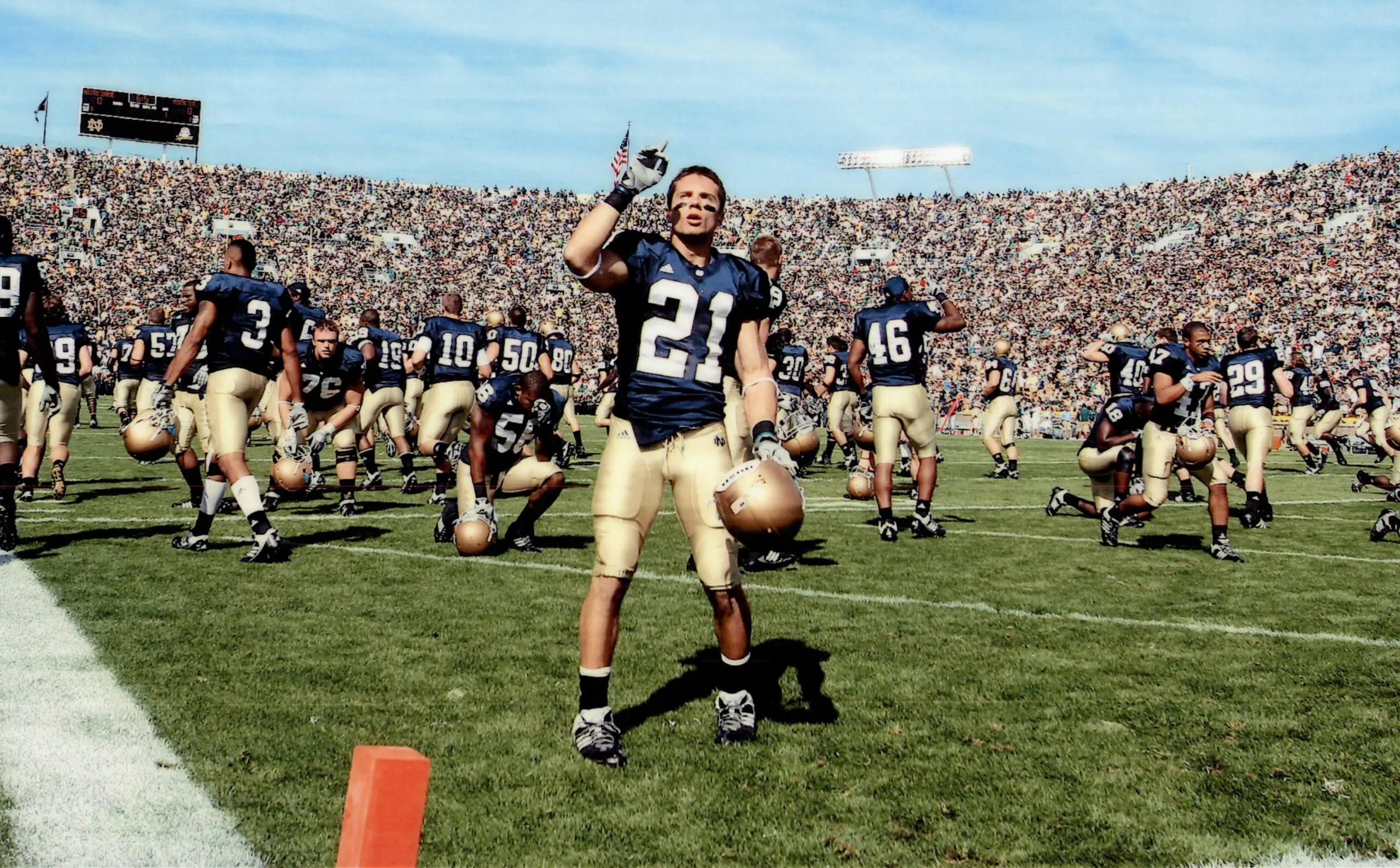Treatment for Dance Injuries in Boston
Dance is a very popular art form. Dance includes a wide range of styles including ballet, tap, jazz, modern, hip hop and more. We know how fun dance can be for all ages, but it is important to stay safe and free from injury. If you participate in dance, you may be at risk of some common ankle problems or perhaps issues with the hips and knees.
Dr. Theodore is the Orthopedic Foot & Ankle consultant to the Boston Ballet and provides innovative and state-of-the-art procedures for treatment of elite dancers. If you’ve suffered a dance injury in the Boston area, contact dance injury specialist George Theodore, MD today to schedule a consultation. Dr. Theodore is a Boston Magazine Top Doctor and has over 20 years of experience and performed over 2,000 surgeries. Give us a call at (617) 724-7009 to get started, or request an appointment through our secure online form.
Areas of the Body that may be at Risk for Injury
Dancers are required to learn routines and combinations starting from a young age. Depending on the type of dance and how often you participate, it may affect your risk for injury.
For example, if you are a ballet dancer “en pointe,” you may be required to train for several hours daily. This may be hard on your body and precautions should be observed. Other dancers taking a weekly class are less likely to sustain an injury.
Most dance injuries are due to overuse. This is because of the repetitive nature of training and performance.
Some areas of the body that we regularly see affecting dancers include:
Common Dance Injuries
A dance injury can interfere with your training and your quality of life.
We are specially trained to help dancers treat:
- Ankle Sprains – Sprains are caused by a movement that forces the ankle outside its normal range of motion, leading to tears in the ankle ligaments or overstretching. This can range from a stretch, partial tear, or complete tear.
- Shin Splints – These are the result of repeated stress to the muscle tissue surrounding the tibia or shinbone.
- Stress Fracture of Metatarsal – This is the long bones in your foot that connect your ankle to your toes and one of the most common among dancers with required pointe work, and is most likely due to low bone density and repetitive stress on the bone.
- Achilles tendonitis – An overuse injury of the tendon that attaches the calf muscle to the heel, which then becomes inflamed.
- Cartilage tears – A torn meniscus is a common knee injury in any physical activity, and dancers often experience this type of injury if they forcefully twist or rotate the knee.
- Posterior Ankle Impingement Syndrome – This condition occurs in the back of the ankle from the repetitive demands of dancing with the ankle in a hyper plantarflexed position. Dancers can have pain in the posterior ankle when performing in the relevé position, whether demi-pointe or en pointe. The pain is caused by impingement or “pinching” of normal accessory bones or soft tissue and should be addressed right away.
Ways to Reduce Injury
If you dance regularly, you may need to take precautions to avoid injury.
Consider the following:
- Which type of dance you do regularly
- How frequent you are taking classes and if you give your body adequate rest
- Intensity of your rehearsals and performances
- Making sure you are warming up properly
- How long your classes are and how much strain you are putting on your body
- Environmental conditions such as hard floors and cold dance studios
- If you have the properly-fitting shoes and equipment
- Your alignment and any unique features that may put you at risk
- Overstretching or over-exerting yourself
- Your prior history of injury and giving yourself proper recovery time
Treatment Options for Dance Injuries
Depending on the injury, Dr. Theodore may recommend one of the following treatment options:
- Rest, Ice, Compression, Elevation
- Boot immobilization
- Anti-inflammatory medications
- Cast to give adequate time to heal
- Investigating the root cause of the injury (overuse, footwear, poor form, as part of the treatment and evaluation)
- Surgery to repair ligaments if sprain is severe or for dancers with recurrent ankle instability
Schedule a Dance Injury Consultation
Get Back in the Game
Board-certified orthopedic surgeon George Theodore, MD is specially trained to address issues related to injury. Dr. Theodore has a wealth of experience treating dancers of all ages and styles. He will work with you to evaluate your goals and create an individual treatment plan that works for you. He knows dance can be a fun yet competitive environment, so he will help get you back dancing as soon as it is safe to do so.
To schedule an appointment with Dr. Theodore in Boston, give us a call at (617) 724-7009 or request an appointment through our secure online form.

